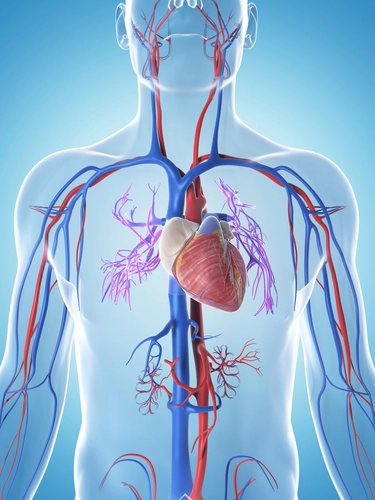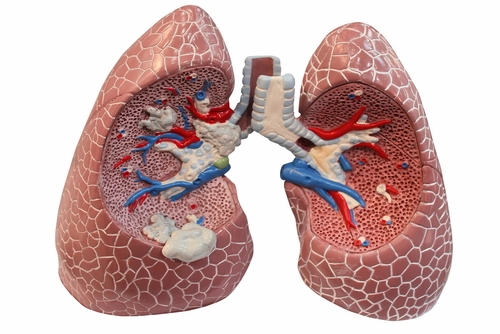General Surgery Coding Alert
4 Tips Update Your IVUS Coding
Watch for codes that already include the service.
Maybe you feel confused about how to report your surgeons’ non-coronary intravascular ultrasound (IVUS) procedures now that CPT® 2016 deletes four familiar codes you’ve always used for the service.
Fear not! We’re here to make sure your IVUS coding goes smoothly using two new codes this year. Read on for four expert tips straight from AMA CPT® editorial panel member Katharine L. Krol, MD, FSIR, FACR at the AMA’s CPT® and RBRVS 2016 Annual Symposium.
Tip 1: Update Your Code Knowledge
Before you can code IVUS services this year, you need to know which codes CPT® 2016 adds and deletes, as follows:
Deleted: +37250 (Intravascular ultrasound [non-coronary vessel] during diagnostic evaluation and/or therapeutic intervention; initial vessel [list separately in addition to code for primary procedure]) and +37251 (…each additional vessel [list separately in addition to code for primary procedure]) for noncoronary IVUS, along with associated supervision and interpretation (S&I) codes 75945 and +75946.
Added: In place of those four codes, you should now use two codes that combine IVUS with S&I:
Tip 2: Report These Codes Per Vessel, With 1 Exception
As the code descriptors indicate, you should use +37252 for the initial or only vessel involved. Then use one unit of +37253 to report each additional vessel.
Because you report these codes per vessel, you should include all IVUS done in a single vessel during the entire procedure in a single unit. Include taking the probe in and out; positioning it; and imaging before, during, and after, Krol said.
‘Per vessel’ exception: “If a lesion extends across the margins of one vessel into another, this should be reported with a single code despite imaging more than one vessel,” the CPT® guidelines state. Krol offered the example of thrombus that starts at the popliteal and runs up to the vena cava. You report the IVUS using just a single code in that case.
Tip 2: Keep IVUS Codes Off of IVC Filter Claims
Remember that both initial vessel code +37252 and additional vessel code +37253 are add-on codes. Consequently, you must report them in addition to a primary code.
CPT® does not provide a specific list of applicable primary codes, but possibilities include either diagnostic angiography or therapeutic intervention codes. Examples of relevant interventions include “stent or stent graft placement, angioplasty, atherectomy, embolization, thrombolysis, [and] transcatheter biopsy,” according to CPT® guidelines.
Forbidden few: A few codes already present in CPT® include IVUS, so you should not report +37252 or +37253 in conjunction with those codes. Specifically, you should not report separate IVUS codes in addition to intravascular vena cava filter codes 37191, 37192, and 37193, or in addition to intravascular foreign body retrieval code 37197.
Tip 3: Watch for Included Catheterization
The IVUS codes do not include catheterization of the vessels, so you may report catheterization separately, Krol said. CPT® guidelines indicate, “Non-selective and/or selective vascular catheterization may be separately reportable (e.g., 36005-36248).”
Caution: Be sure you haven’t already captured the catheterization in another code you’re reporting, Krol warned. For example, some of the therapeutic codes include access, and if you report one of those codes, you would not report a second catheterization code for the IVUS.
Related Articles
General Surgery Coding Alert
- CPT® 2016:
4 Tips Update Your IVUS Coding
Watch for codes that already include the service. Maybe you feel confused about how to [...] - Coding Appendectomies:
Steer Clear of Red Flags That Could Thwart Your Claims
Don’t lose $241 with this one little mistake. Reporting appendectomies can be an obstacle course [...] - Practice Management:
Monitor Claims to Max Out Your General Surgeons' Pay
Keep your AR up-to-date. You’re up-to-date on coding changes, you’ve educated your surgeons about new [...] - Reader Question:
Check Global Days for Modifier Choice
Question: The definition of modifier 57 is “decision for surgery,” so why do I get notices [...] - Reader Question:
Find Method Code for Internal Hemorrhoidectomy
Question: Our surgeons recently started treating some internal hemorrhoids with “radio wave ablation.” Previously, most hemorrhoidectomies [...] - Reader Question:
Ensure Valid Provider Signatures
Question: I’m having trouble getting my surgeons to sign their claim forms. Some of them have [...] - You Be the Coder:
ICD-10 Must Tell Full Story for Bariatric Surgery
Question: When I’m billing for bariatric surgeries, I’m having problems with denials that seem to indicate [...]




